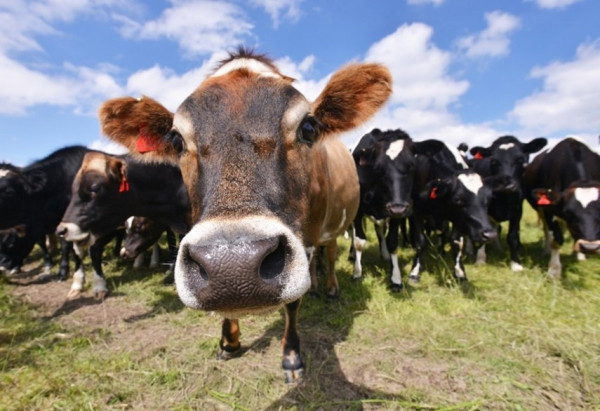Improving dairy herd testing with revision of NZS 8100:2015
A revision of NZS 8100:2015 Dairy herd testing will align the standard with international practices and technological advancements. The standard supports an industry contributing over $20 billion of export value and employing over 50,000 people.

A typical dairy cow in a New Zealand herd
Testing, for better cows
The long-term efficiency of the dairy industry relies on accurately identifying the future dams (mother cows) of bulls whose progeny, or descendants, will be the most efficient converters of feed to farm profit. The standard is also essential to ranking the actual performance of the sires in the New Zealand herd. The aim is for the next generation of sires to be better than the previous generation. Herd testing for farmers provides them information to determine which animals to keep replacements from as well as identifying individuals who are contributing the least to their profitability.
With 3.73 million cows herd tested across New Zealand’s 11,000 herds in 2020/21, the standard impacts a significant number of stock and farmers. NZS 8100:2015 Dairy herd testing is a key tool for Certified Herd Testers and applies to herd testing covered by the Dairy Industry (Herd Testing and New Zealand Dairy Core Database) Regulations 2001, or its successor.
Aligning with international practice
Commissioned by Dairy NZ, the project kicked off in 2021 with a scoping workshop involving 40 stakeholders from across the dairy sector – all agreed the standard as it stood was no longer fit-for-purpose and needed to take into account new technologies available. Standards New Zealand Senior Project Manager Inge Mautz-Cooreman is working with the commissioner through our partnership model providing project management support. The standards review committee consists of a wide range of representatives of the farming industry. This includes farmers, breeding companies, current certified herd test providers, equipment providers, breed societies and animal evaluation experts.
The main objectives for the review include better alignment with international standards and latest good practice for animal recording and with Dairy Industry Good Animal Database (DIGAD), defining standards for data quality and animal recording.
We’ll keep you updated as the project progresses – or you can sign up to ‘Keep me up to date’ on NZS 8100:2015 to be informed when the revised version is published.
